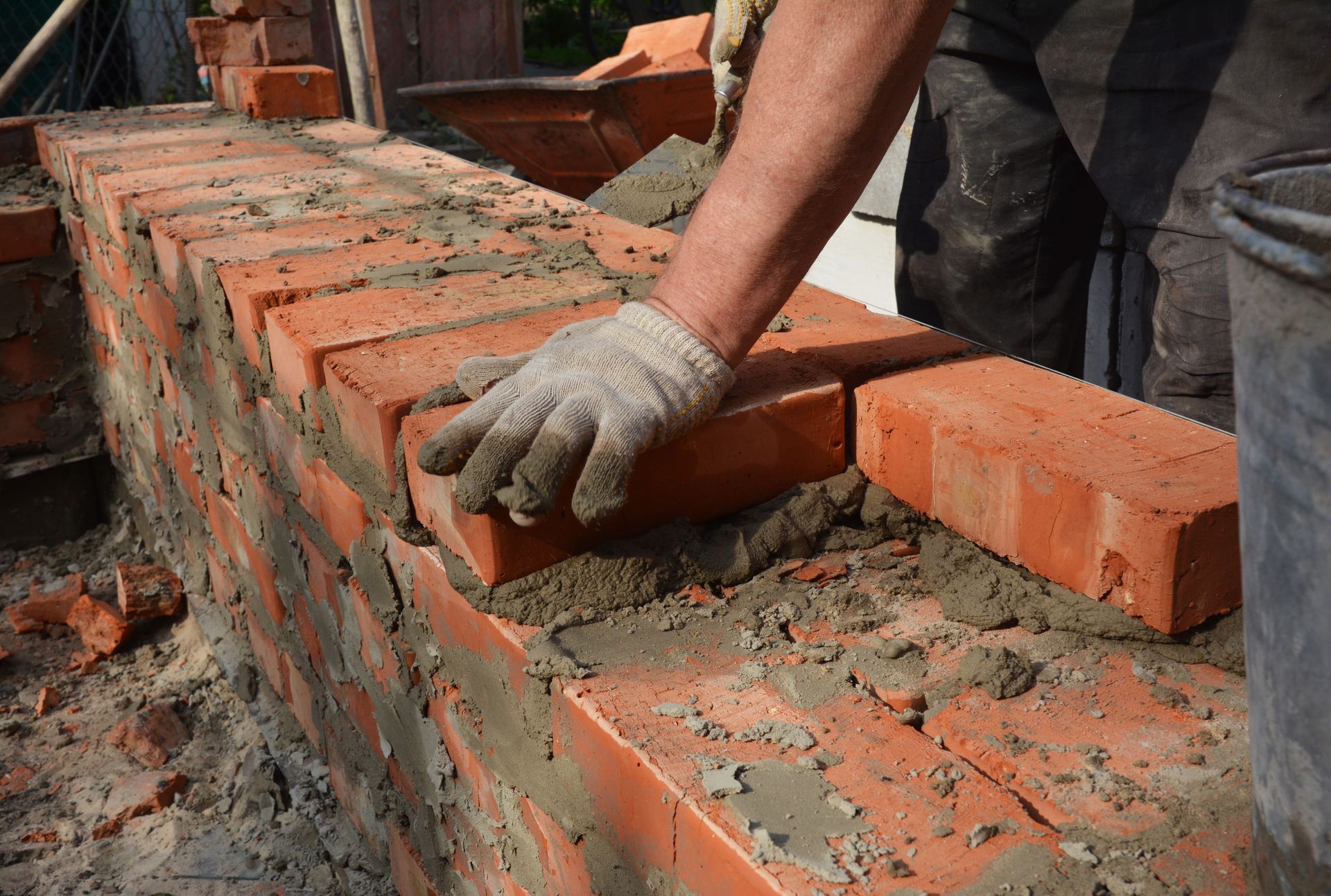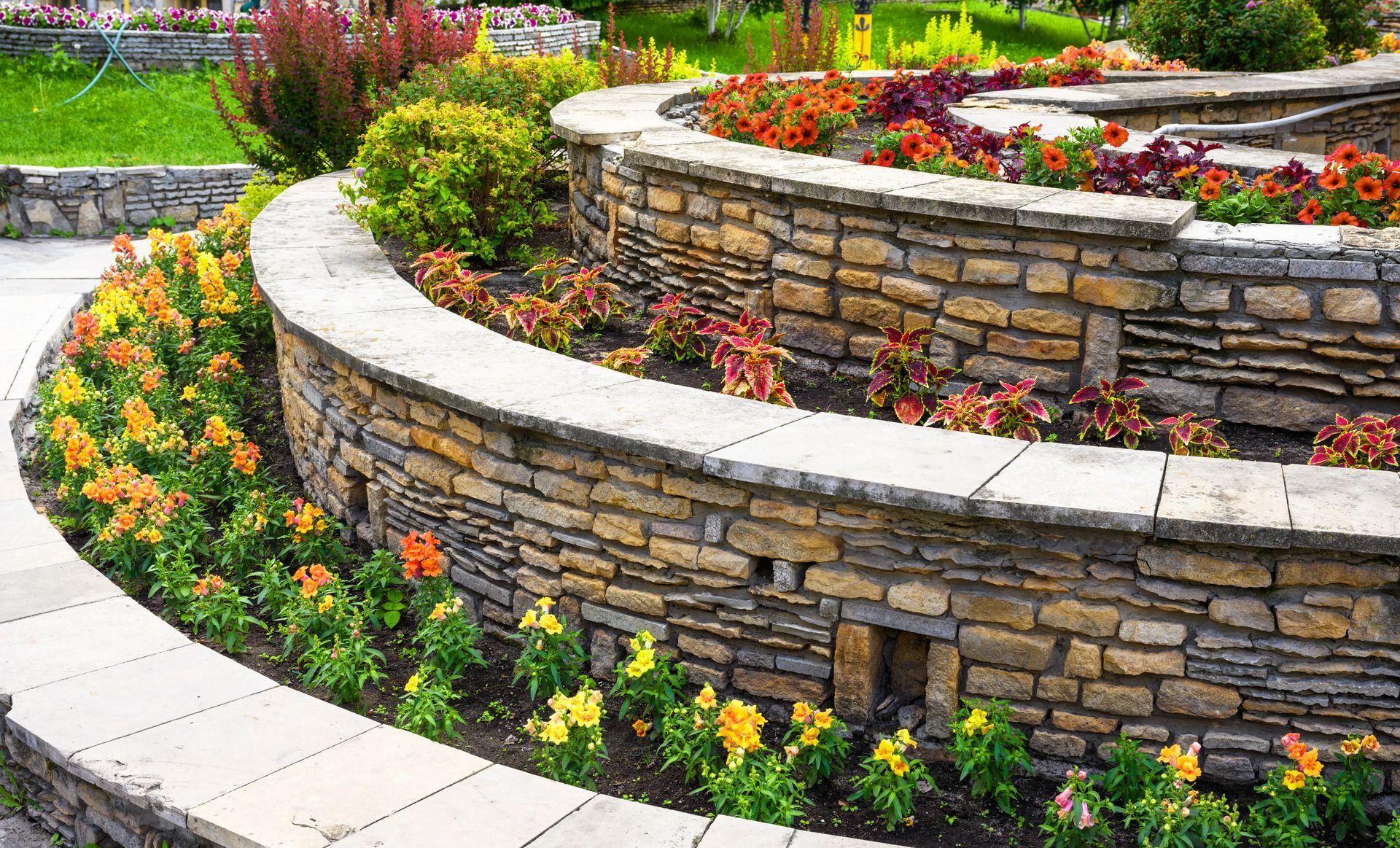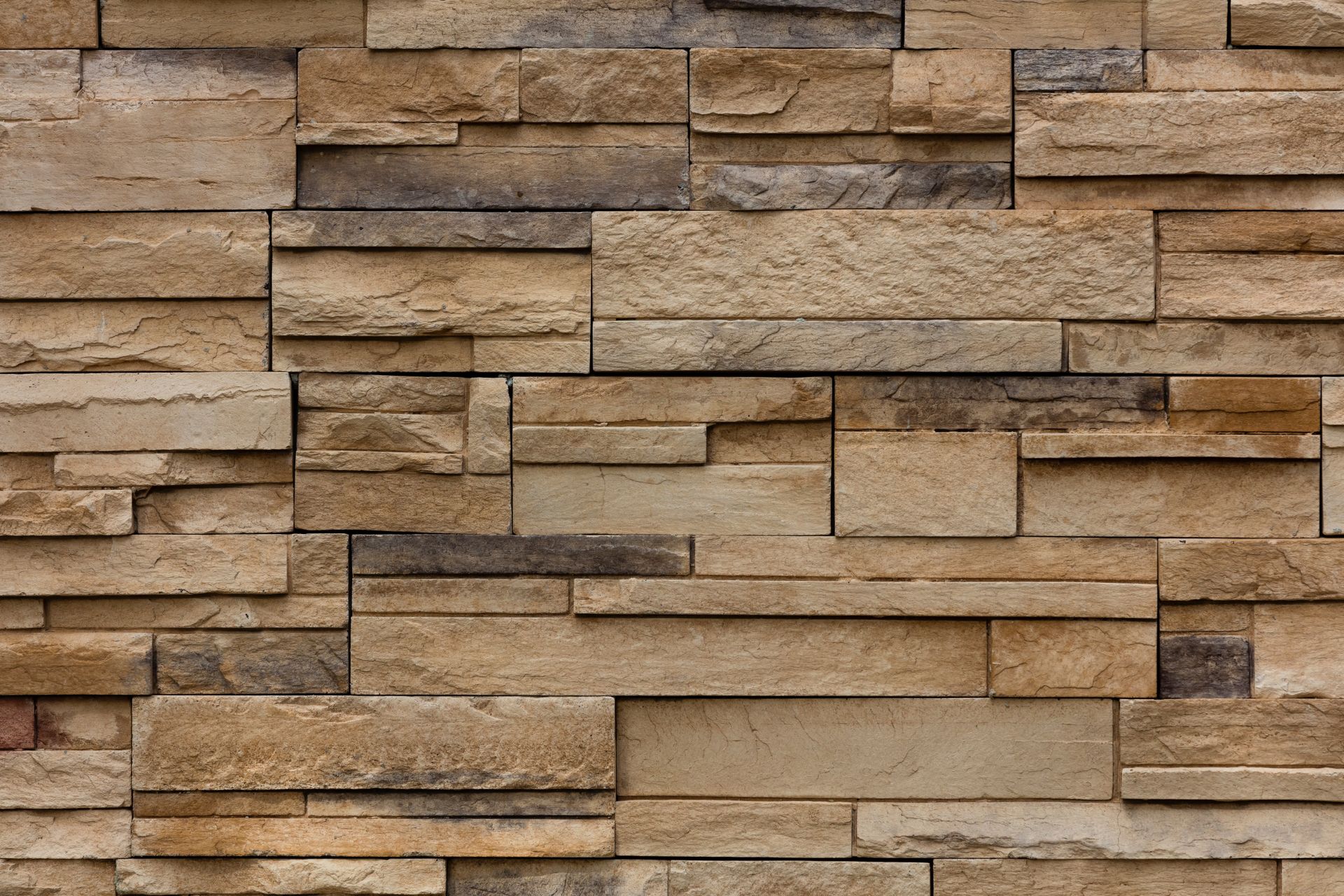Concrete vs. Masonry: Unraveling the Differences in Construction
In the world of construction, two terms that often come up are concrete and masonry. While they may seem interchangeable, each plays a distinct role in building structures. In this blog, we'll explore the differences between concrete and masonry, shedding light on their unique characteristics and applications.
What is Concrete?
Concrete is a composite material made up of cement, water, and aggregates such as sand, gravel, or crushed stone. The combination of these components results in a versatile and durable building material. Concrete can be poured into molds or forms to create a variety of structures, making it a popular choice for foundations, slabs, and other large-scale applications.
Key Features of Concrete:
- Versatility: Concrete can be molded into various shapes and forms, allowing for creative and intricate designs.
- Strength: When cured, concrete becomes a strong and resilient material, capable of withstanding heavy loads.
- Adaptability: Suitable for a wide range of construction projects, from sidewalks and driveways to high-rise buildings.
What is Masonry?
Masonry, on the other hand, is a construction technique that involves the use of individual units, such as bricks, stones, or concrete blocks, bound together with mortar. Masonry has been a traditional method of building for centuries, known for its durability, aesthetic appeal, and timeless charm. It is commonly used for walls, facades, and various architectural elements.
Key Features of Masonry:
- Aesthetic Appeal: Masonry allows for intricate designs and patterns, adding visual interest to buildings.
- Durability: The use of robust materials and skilled craftsmanship in masonry results in structures that can withstand the test of time.
- Variety: Different types of masonry, including brick, stone, and concrete block, offer a range of options to suit various design preferences.
Differences Between Concrete and Masonry:
1. Composition:
- Concrete: A composite material consisting of cement, water, and aggregates.
- Masonry: The construction technique using individual units like bricks or stones bound together with mortar.
2. Forming:
- Concrete: Poured into molds or forms to create large, continuous structures.
- Masonry: Involves placing individual units and binding them together with mortar.
3. Applications:
- Concrete: Commonly used for foundations, slabs, pavements, and structural elements.
- Masonry: Used for walls, facades, fireplaces, and various decorative elements.
4. Appearance:
- Concrete: Has a smooth and uniform appearance, with options for different finishes.
- Masonry: Offers a textured and varied look, showcasing the individual units used.
Conclusion:
In summary, while concrete and masonry share similarities in construction, they serve different purposes and have unique characteristics. Concrete is a composite material suitable for large-scale applications, while masonry is a technique that involves assembling individual units for aesthetic and structural purposes. Understanding these differences is crucial when planning construction projects to ensure the right materials and techniques are employed for the desired results. Whether you opt for the versatility of concrete or the timeless appeal of masonry, each has its own place in the diverse world of construction.





